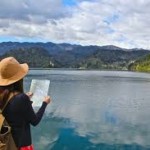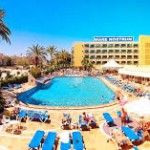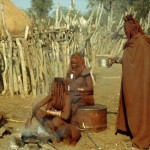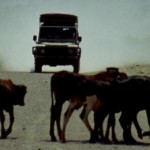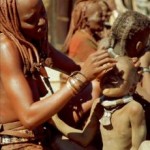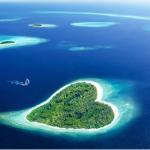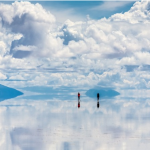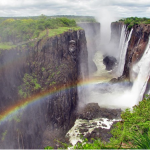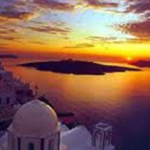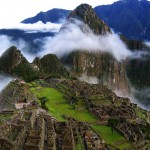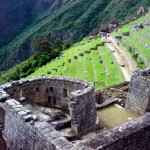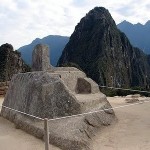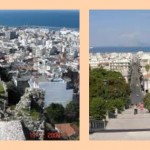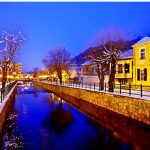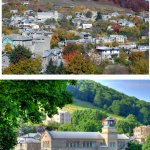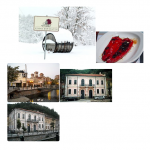By Aggelos Dedes and Stathis Konstandakopoulos (A Class)
Australia, or colloquially officially the Commonwealth of Australia, is an Oceanian country comprising the mainland of the Australian continent, the island of Tasmania, and numerous smaller islands. It is the world’s sixth-largest country by total area. Neighbouring countries include Indonesia, East Timor and Papua New Guinea to the north; the Solomon Islands and Vanuatu to the north-east; and New Zealand to the south-east. For at least 40,000 years before the first British settlement in the late 18th century, Australia was inhabited by indigenous Australians, who spoke languages grouped into roughly 250 language groups. After the European discovery of the continent by Dutch explorers in 1606, Australia’s eastern half was claimed by Great Britain in 1770 and initially settled through penal transportation to the colony of New South Wales from 26 January 1788. The population grew steadily in subsequent decades; the continent was explored and an additional five self-governing crown colonies were established.
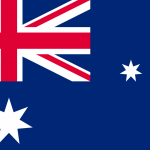
On 1 January 1901, the six colonies federated, forming the Commonwealth of Australia. Since Federation, Australia has maintained a stable liberal democratic political system that functions as a federal parliamentary democracy and constitutional monarchy comprising six states and several territories. The population of 23.6 million is highly urbanised and heavily concentrated in the eastern states and on the coast. Australia is a developed country and one of the wealthiest in the world, with the world’s 12th-largest economy. In 2012 Australia had the world’s fifth-highest per capita income. Australia’s military expenditure is the world’s 13th-largest. With the second-highest human development index globally, Australia ranks highly in many international comparisons of national performance, such as quality of life, health, education, economic freedom, and the protection of civil liberties and political rights.
Environment
Although most of Australia is semi-arid or desert, it includes a diverse range of habitats from alpine heaths to tropical rainforests, and is recognised as a mega diverse country. Fungi typify that diversity; an estimated 250,000 species—of which only 5% have been described—occur in Australia. Because of the continent’s great age, extremely variable weather patterns, and long-term geographic isolation, much of Australia’s biota is unique and diverse. About 85% of flowering plants, 84% of mammals, more than 45% of birds, and 89% of in-shore, temperate-zone fish are endemic. Australia has the greatest number of reptiles of any country, with 755 species.
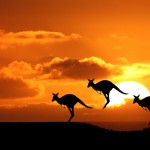
Economy
Australia is a wealthy country; it generates its income from various sources including mining-related exports, telecommunications, banking and manufacturing.It has a market economy, a relatively high GDP per capita, and a relatively low rate of poverty. In terms of average wealth, Australia ranked second in the world after Switzerland in 2013, although the nation’s poverty rate increased from 10.2 per cent to 11.8 per cent, from 2000/01 to 2013. It was identified by the Credit Suisse Research Institute as the nation with the highest median wealth in the world and the second-highest average wealth per adult in 2013.
The Australian dollar is the currency for the nation, including Christmas Island, Cocos (Keeling) Islands, and Norfolk Island, as well as the independent Pacific Island states of Kiribati, Nauru, and Tuvalu. With the 2006 merger of the Australian Stock Exchange and the Sydney Futures Exchange, the Australian Securities Exchange became the ninth largest in the world.
(Source: http://en.wikipedia.org/wiki/Australia)

